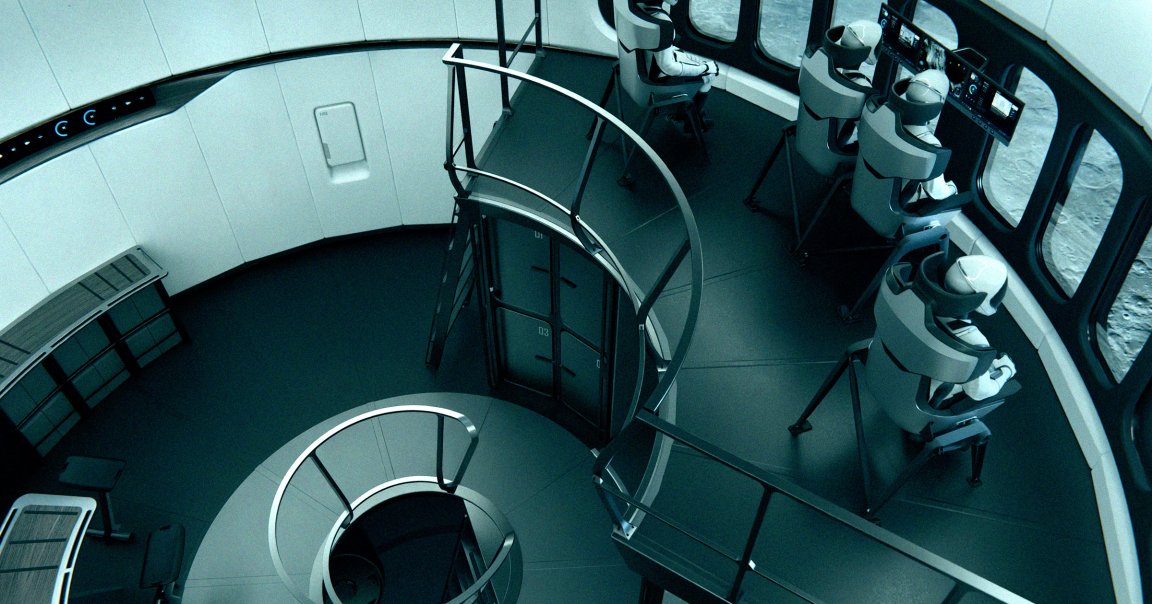
SpaceX has shown off intriguing renders of the interior of the Human Landing Systems (HLS) variant of its enormous Starship spacecraft — and we can’t shake the feeling that it’s a surprisingly poor use of space.
NASA is hoping to tap the spacecraft during its Artemis 3 mission to return the first astronauts to the lunar surface in over half a century.
If SpaceX’s vision does come to fruition — a bit of an “if,” given its latest drama with NASA — astronauts would have a lot of room to play with. Two of the company’s renders show just how enormous the rocket really is, with a crew of four astronauts sitting in chairs by a bay of windows.
Starship measures almost 30 feet across, which means that crews will have an enormous amount of room to stretch out as they’re transported from the Orion capsule in the Moon’s orbit to the lunar South Pole.

One image shows an astronaut looking up into the dome-shaped tip of the spacecraft, a cavernous space void of virtually any cargo. That cavity raises an alarming question: what would happen if someone got trapped in the middle of it without the effects of gravity?

“Starship can carry more people and much larger payloads than the Apollo Lunar Module used when humans last explored the Moon,” reads SpaceX’s updated page on its Moon mission.
“Just one of Starship’s dual airlocks has more than double the interior volume of the entire Apollo lander,” the company boasts.
But whether the HLS variant will be ready for NASA’s Artemis 3 mission, which is currently slated for 2028, remains unclear. The company has met major headwinds in its efforts to develop the super-heavy launch platform. SpaceX’s latest and eleventh test flight earlier this month saw the rocket successfully launch and gently land in the Indian Ocean an hour into its flight. But the company has yet to prove it’s capable of landing in one piece on solid ground.
SpaceX will also have to demonstrate in-orbit refueling capabilities before Artemis 3. The HLS variant will require at least ten Starship launches to accumulate enough fuel to make it to the Moon.
In other words, while the renders illustrate a luxurious joyride to the lunar surface — an enormous upgrade over the cramped conditions inside Apollo-era landers — SpaceX has a lot of work ahead of it to be a part of NASA’s historic mission in 2028.
And the pressure is certainly on. NASA’s interim administrator Sean Duffy indicated earlier this month that the space agency is looking to tap Jeff Bezos’ Blue Origin — one of SpaceX CEO Elon Musk’s biggest rivals — for its Artemis mission instead.
“We’re going to have a space race in regard to American companies competing to see who can actually get us back to the moon first,” Duffy told Fox News, adding that SpaceX is “behind schedule.”
More on Starship: People Who Loved Watching SpaceX Launches Can’t Stomach Them Anymore Since Elon Musk Started Being So Horrible